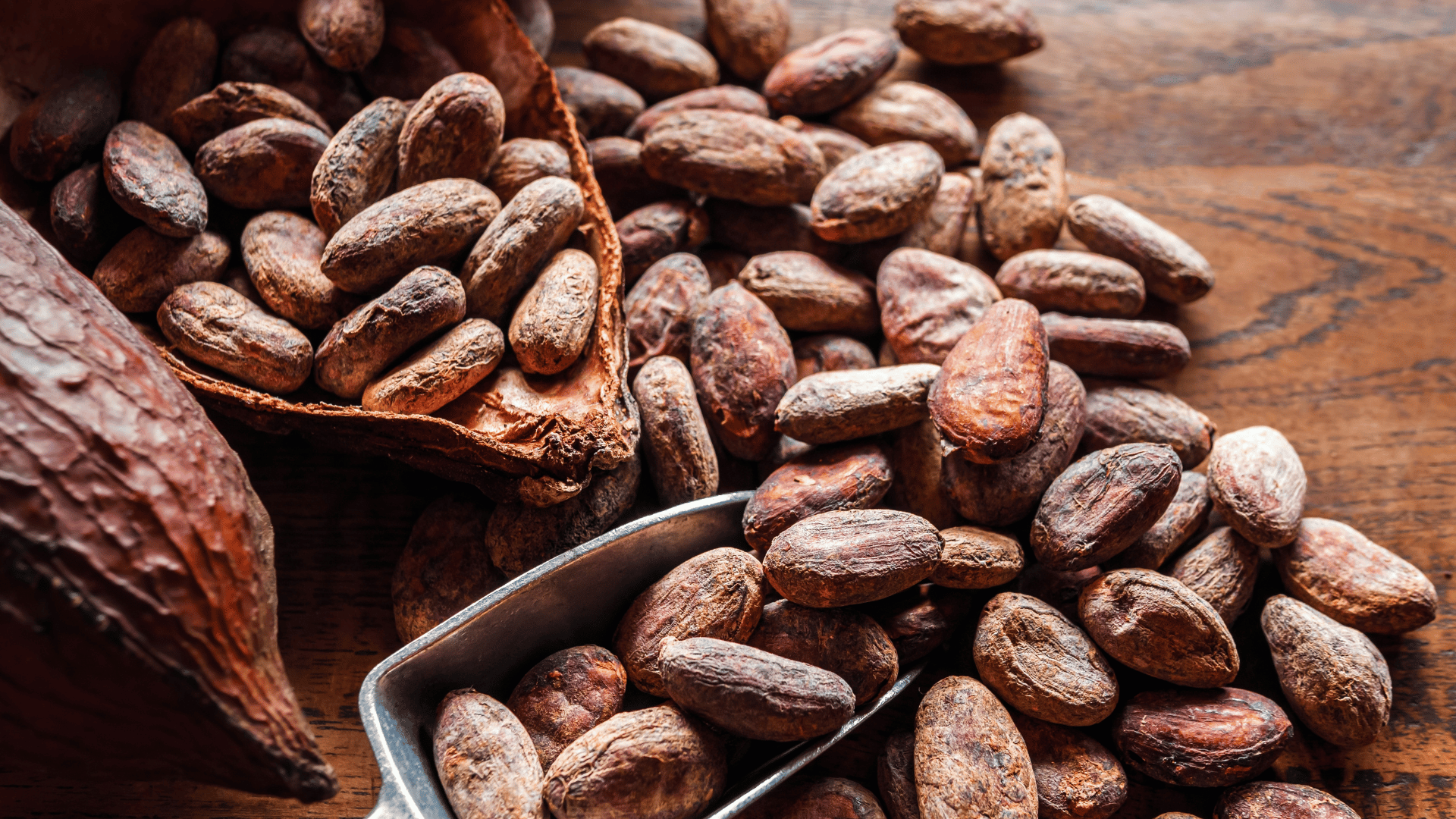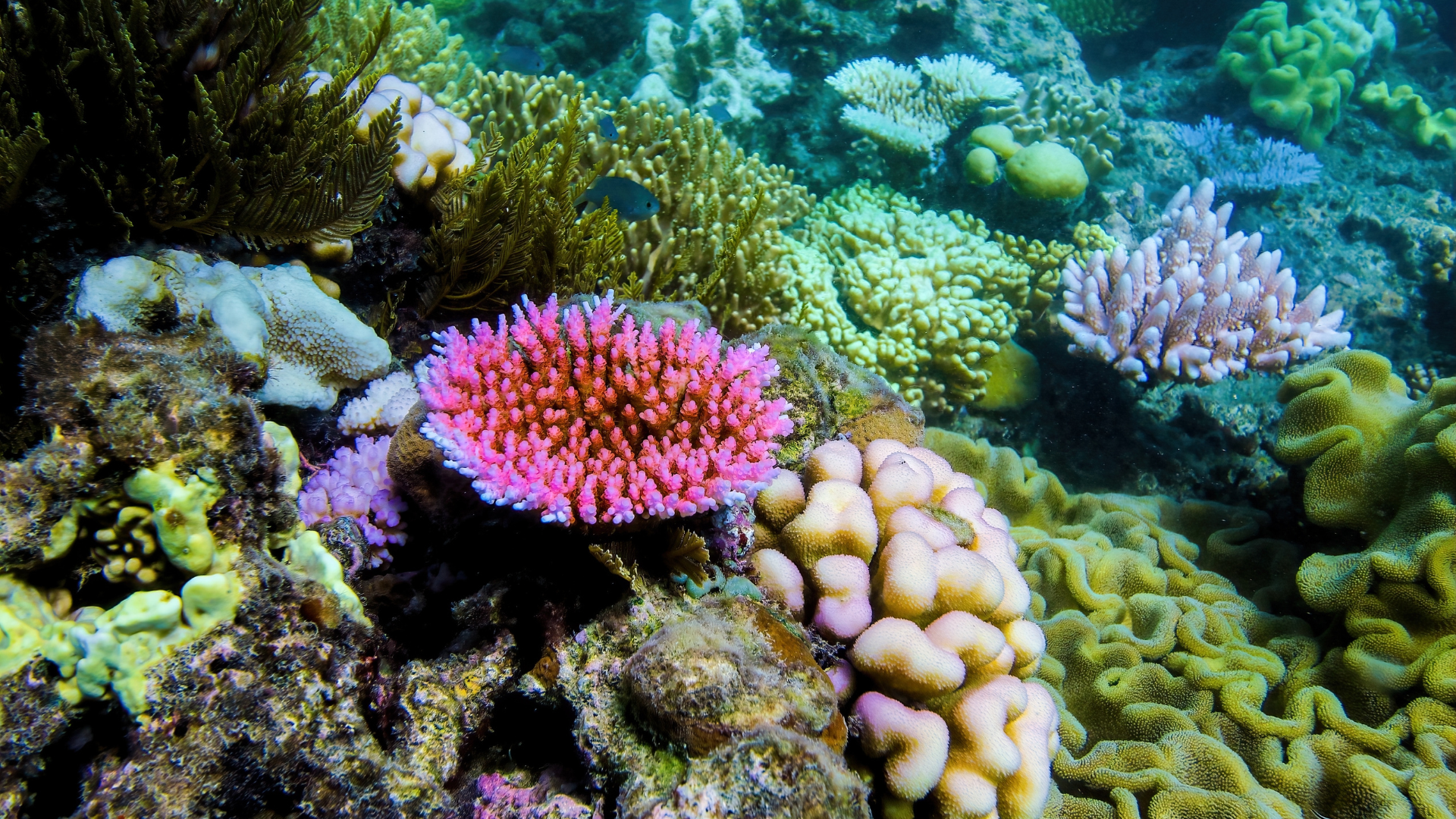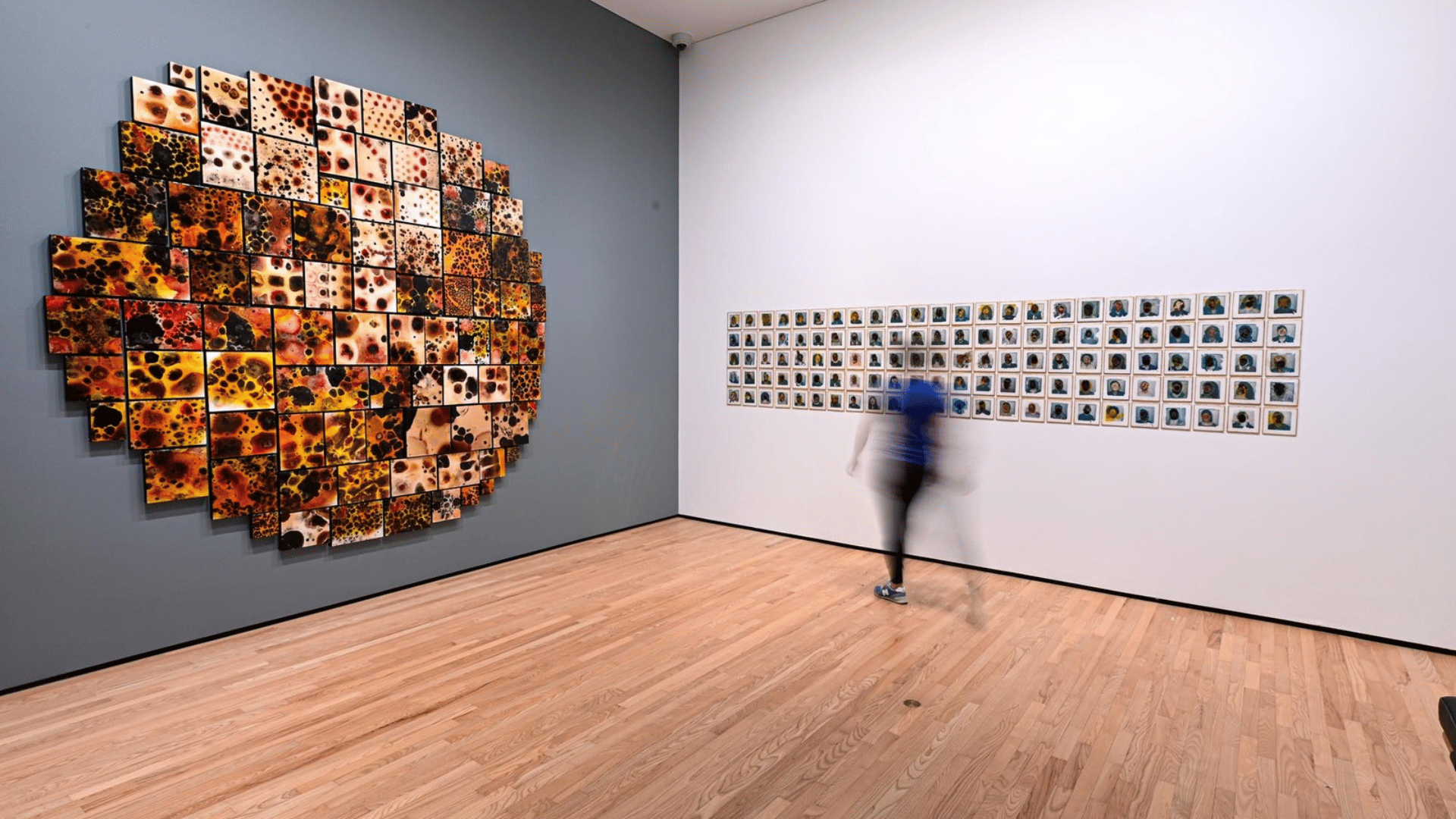According to a recently published study, scientists have cooked up the recipe for the perfect chocolate.
Chocolate is made from cocoa beans, which are harvested from trees, left to ferment for 5-7 days, and then processed. Surprisingly, the findings show that, rather than cocoa genetics, it’s microbes that are the secret ingredient to the perfect flavor.
The Science Behind the Perfect Chocolate

Dr. David Gopaulchan, from the University of Nottingham’s School of Biosciences and one of the study’s authors, said their research would allow chocolate to be made with a “consistent quality and flavour profile.” According to Dr. Gopaulchan, the research was inspired by his work at the Cocoa Research Centre in Trinidad.
“They would often have leftover chocolate, and I would get to taste them, and while experiencing this I’d be tasting chocolates from Madagascar, from Ecuador, from Peru.”
“There were clear differences in what the chocolates tasted like… so the question was, what was driving this difference in flavours?” Dr. Gopaulchan stated to the BBC.
Though researchers originally believed cocoa flavor differences were caused by genetic differences, Dr. Gopaulchan noted that the same varieties developed different flavors when grown in different regions. This led to a study in Colombia, working with three different chocolate farms in separate regions, including Santander, Huila, and Antioquia.
“What we knew from before is that if you do not ferment your beans, your chocolate would taste nothing like chocolate,” Dr. Gopaulchan said. “The other thing we knew was that fermentation is really driven by microorganisms.”
The team used DNA sequencing to analyze which microbes and chemical changes were involved in the fermentation process. Notably, the chocolate from Antioquia had a “quite different” taste and composition of microbes from chocolate grown in the other two regions.
After isolating the microbes from the environment and adding them to freshly harvested cocoa beans, researchers replicated the fermentation process in a lab. The bean’s chemical composition changed, aligning with those from the field.
The ability to control the fermentation process means the “flavour notes” of chocolate could be replicated with more consistency.
“That bit of the experiment was a proof of concept to show we can now replicate a very ancient process that is very wild, right? It’s uncontrolled. It’s happening on farms by millions of farmers across the tropics,” stated Dr. Gopaulchan.
“We can now replicate this in a consistent way to give us a consistent quality and flavour profile.”







